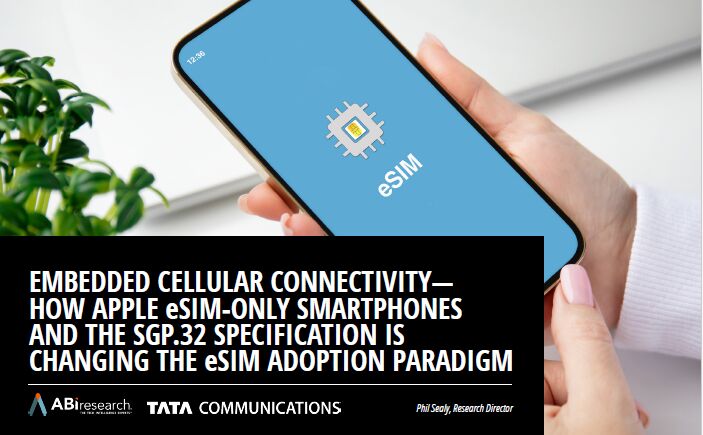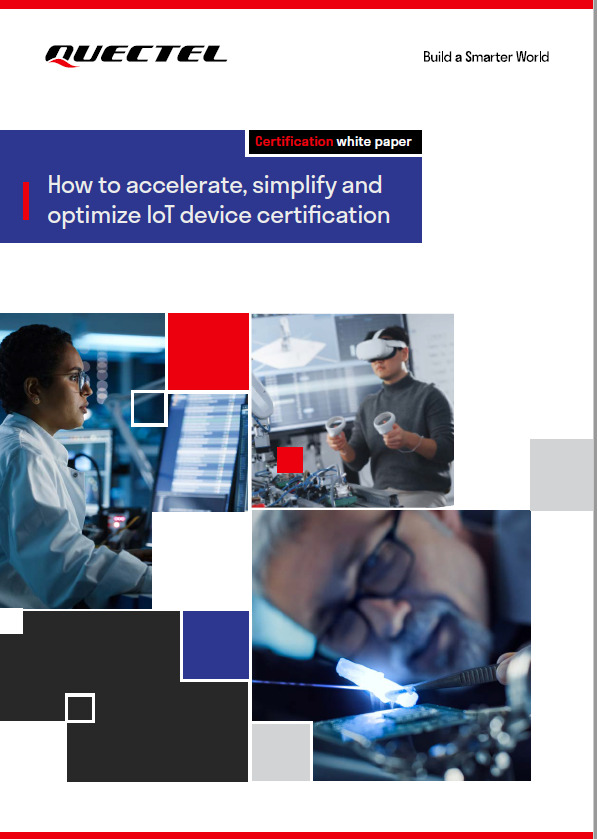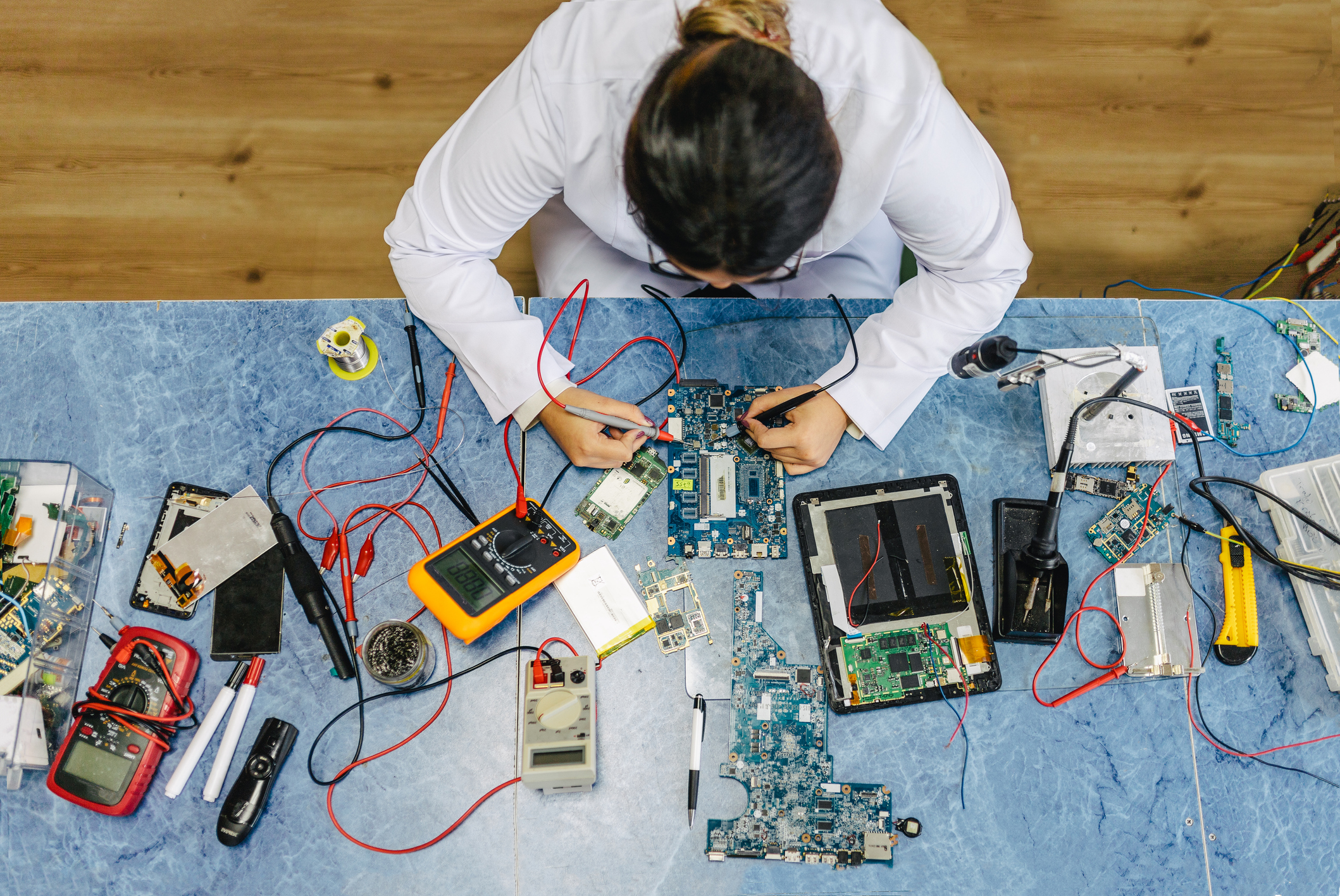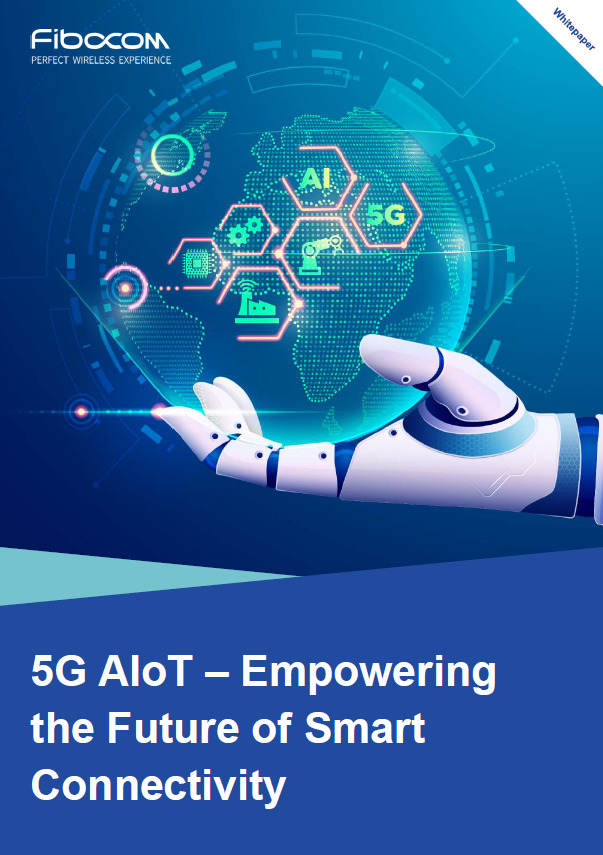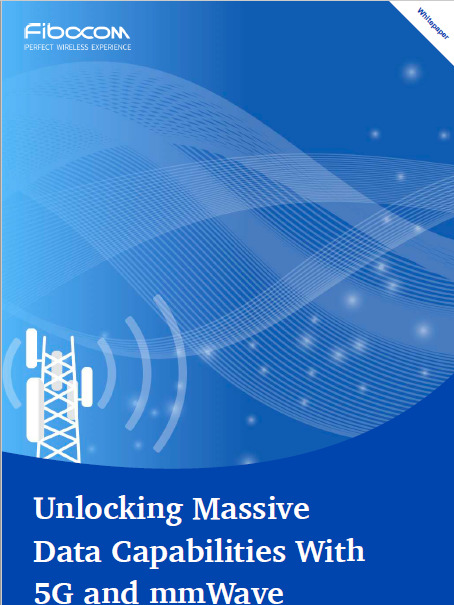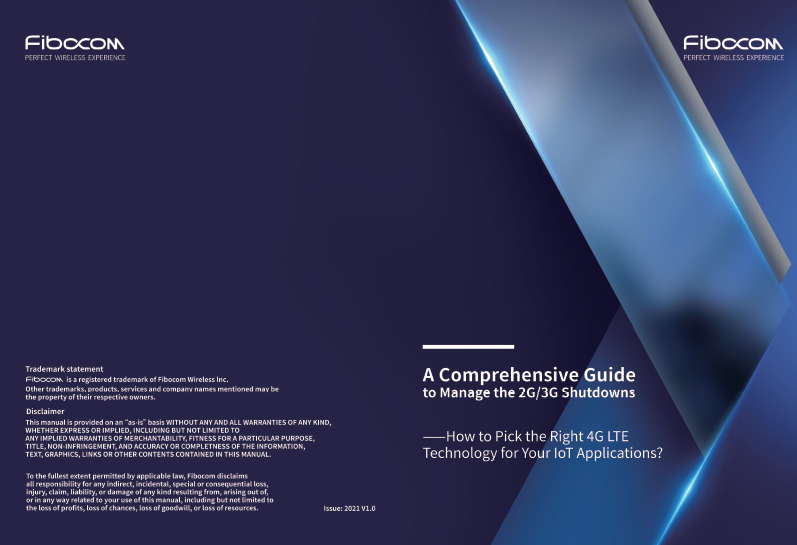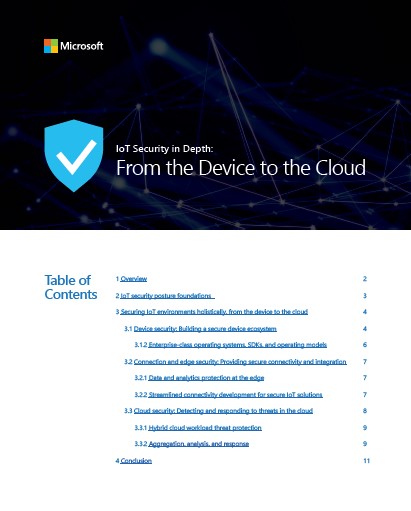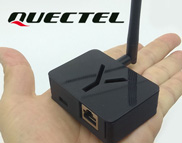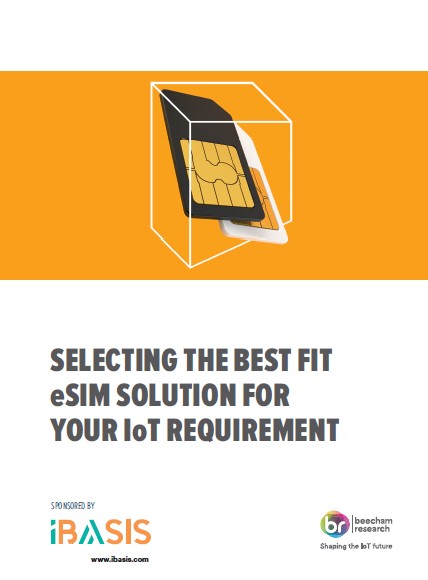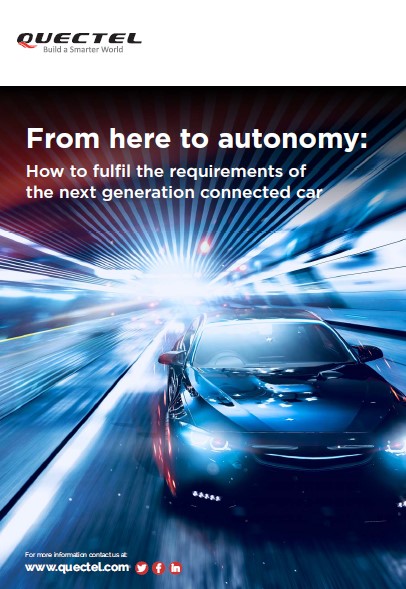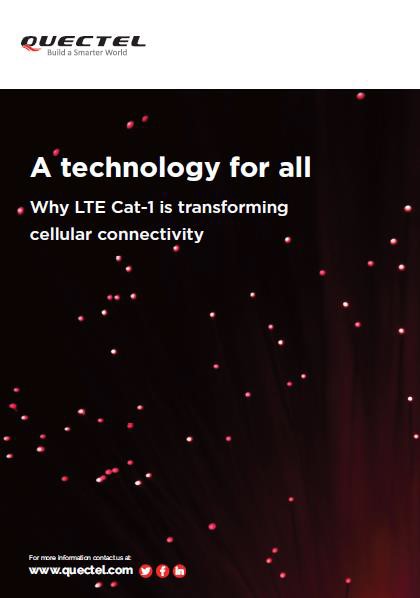Embedded Cellular Connectivity—How Apple eSIM-Only Smartphones and The SGP.32 Specification is Changing The eSIM Adoption Paradigm
Embedded connectivity across consumer, Machine-to-Machine (M2M), and Internet of Things (IoT) applications continue on a positive growth trajectory. In the cellular domain, Embedded Subscriber Identity Module (eSIM) technology adoption, which allows remote selection and switching of carrier networks, has been and will continue to be a major catalyst for growth.
How to accelerate, simplify and optimize IoT device certification
Certification is an inescapable requirement for all new IoT devices. It requires investment of both time and money to ensure that the devices can be deployed in each target country and comply with all local requirements.
How to optimize RF performance for 5G connected devices
Everyone understands that 5G will bring with it a huge uplift in speed and capacity as well as device density per cell to support massive IoT. 5G is fundamentally changing the way we communicate, delivering improved latency and throughput. These benefits, plus network slicing, are just a few ways in which 5G will transform life for businesses and consumers. Central to 5G’s delivery will be antenna technology, and as such, the entire RF front end design layout. This is highly complex and 5G IoT deployments are reliant on optimized antenna and RF performance so 5G can deliver on its promises.
How to test and analyze IP throughput on 5G networks
The promise of 5G is increased speed and capacity through extended mobile broadband (eMBB), but significant challenges exist in terms of spectrum availability which broadly divides 5G deployments into Sub 6GHz and mmWave bands. In 3GPP Release 15, FR1 describes the sub-6GHz spectrum while FR2 describes the range above 24GHz which extends to 100GHz – and beyond. Spectrum therefore has a significant effect on the throughput that 5G networks can achieve.
5G AIoT – Empowering the Future of Smart Connectivity
The combination of Artificial Intelligence (AI) and the Internet of Things (IoT), dubbed AIoT, opens up new possibilities for how we collect, analyze and react to data, promising an era of smarter, faster decision-making. Using clusters of AI-empowered IoT devices, computing will shift to the edge, where high-speed data processing will enable lightning-fast adjustments to processes, workflow and productivity.
Unlocking Massive Data Capabilities With 5G and mmWave
With the advent of 5G technology comes the promise of ubiquitous connectivity, low latency and high capacity across a wide range of use cases. As the Internet of Things (IoT) ushers in an era of up to a million connected devices per square kilometer, existing network architectures such as 4G, won’t be able to keep up with increased data usage needs.
A Comprehensive Guide to Manage the 2G/3G Shutdowns
According to Machina Research, the number of global IoT conections will reach 27 billion by 2025. Among them, the total size of cellular lot connections is expected to exceed 5 billion. Technologically, as the world is moving towards the 5G era, and 4G has become the mainstream mobile communication system, shortcomings of 2G/3G become increasingly obvious either regarding spectrum allocation efficiency, wireless peformance, or operation and maintenance costs. The worldwide 2G/3G sunset is in progress with many countries giving their own timelines based on their needs for telecommunications networks (see Figure 1).
IoT Security in Depth: From the Device to the Cloud
By forging new links between the cyberworld and the physical world, IoT creates a paradigm shift that dramatically increases the scope of security. As organizations rush to adopt IoT, novel security challenges abound, amplified by an enormous diversity of hardware, software, services, and deployment locations. In fact, while 91 percent of IoT decision-makers report plans to increase the number of their connected devices by more than 15 percent within two years, they cite security as the greatest concern for deploying IoT technologies.
Threats to devices, applications, services, connections, and data must be addressed holistically across the IoT infrastructure to create a consistent security posture across IoT devices, the edge, the cloud, and the connections between all those elements.
Elsys selects Quectel BG95 for new range of IoT-enabled devices
Elsys, a Brazilian company with 31 years of experience in the electronics and telecom market, has turned to Quectel to provide its BG95 module for integration into its new IoT modem.
Cellular IoT Means eSIM?
Up to now, IoT has always had to use standard plastic SIMs ,
but eSIM is changing all that with the potential for increased
openness and flexibility.
“From here to autonomy: How to fulfil the requirements of the next generation connected car”
This white paper sets out the promise of connected vehicles, assesses the technical and commercial challenges they face, and considers the road ahead. Read on for detail on where the opportunities in connected driving lie, which forms of connectivity are set to enable the next generation of automotive services, and how Quectel - the global market leader in automotive IoT modules - can support those planning a move into this space.
Download your free copy here.
A technology for all – why LTE Cat-1 is transforming cellular connectivity
We are living in a hyper-connected world in which interconnected devices are ubiquitous. At the same time, existing technologies such as 2G and 3G are being retired to be replaced by new choices of network technology that can provide excellent fits for individual solutions. However, the IoT industry is looking for an all-in one solution that brings together excellent coverage and capacity and is secure, resilient and future-proof. In addition, the solution needs to deliver cost advantages, global roaming and voice capability.
LTE Cat-1 is a transformative technology because it can provide all these attributes and presents a simple way to connect IoT and enable a smarter world. To learn more read our report here.

